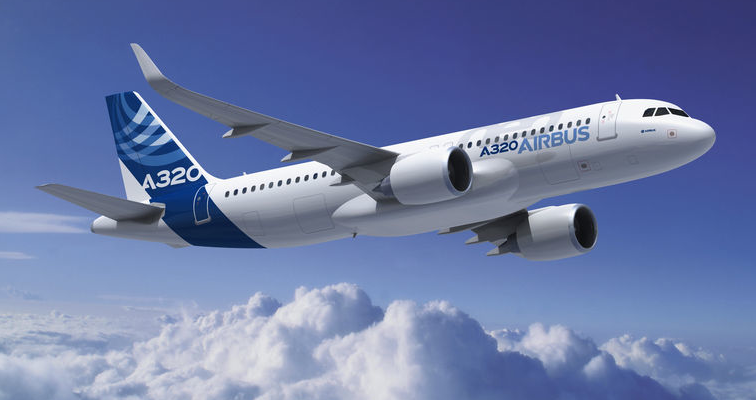Reviewing The Airbus A320
 One of the most popular airliners in the sky today is the Airbus A320 twin engine aircraft. I currently work on these aircraft as an Aircraft Engineer.
One of the most popular airliners in the sky today is the Airbus A320 twin engine aircraft. I currently work on these aircraft as an Aircraft Engineer.
This airliner is manufactured by the French behemoth Airbus, who is in direct competition with Boeing. Maintenance wise the aircraft uses metric specifications and has tighter tolerances, but is a dream to work on. By the use of an extensive maintenance program, most maintenance tasks are easily doable under quick turnaround times. This benefits on time departures as well, which is an attractive thing for time constraint airlines.
These aircraft being 94 million dollars a pop says something about their quality of material, methods of manufacturing, and technology that are put into making one of these. The flight deck is a glass cockpit, which means there are no analog instruments, but instead an avionics suite with six monitors that display engine parameters, aircraft status, and the flight path. Two quiet fuel efficient engines manufactured by International Aero Engines propel the aircraft forward at 33,000 pounds of thrust. 
The A320’s skin is made up of a combination of light weight aluminum and composite. This material is very critical not to get damaged during day to day operation and during ground time when the aircraft is susceptible to damage from airport vehicles. Any surface damage can lead to the grounding of an aircraft until repairs are made.
The passenger cabin takes a lot of beating from constant use and day to day stresses on seats, inflight entertainment, and carpets. These may not effect the aircraft’s ability to fly, but it gives off an image of how the airline operates or wants itself to be seen in the public’s eye. A lot of maintenance focus is placed on the interior to update the seats and services because passengers rarely see the outside of the plane, so airlines need to make a lasting impression.
With redundant systems of hydraulics, pneumatics, electrical power, and two engines; the aircraft is all about safety and reliability. Almost no interaction is required by pilots, all is controlled by logic from hundreds of onboard computers. When the computers fault out, maintenance is alerted and troubleshooting is required. Although we know the great risks of using air transportation, flying is the safest method of travel for the amount of people planes move. The A320 is one of the most used aircraft around, flying almost twenty hours a day. To keep it in shape, maintenance overseas its lifeline and extends it.
My experience working on this aircraft has been a positive learning curve. The aircraft share similarities with other aircraft I’ve worked on, but makes itself unique in respect to a unified alert system and easy access to maintenance on the engines and the fuselage. The parts are bigger and heavier but the aircraft is sturdier. Link
« Story Unearthed
Blog Presentation »
 One of the most popular airliners in the sky today is the Airbus A320 twin engine aircraft. I currently work on these aircraft as an Aircraft Engineer.
One of the most popular airliners in the sky today is the Airbus A320 twin engine aircraft. I currently work on these aircraft as an Aircraft Engineer.



